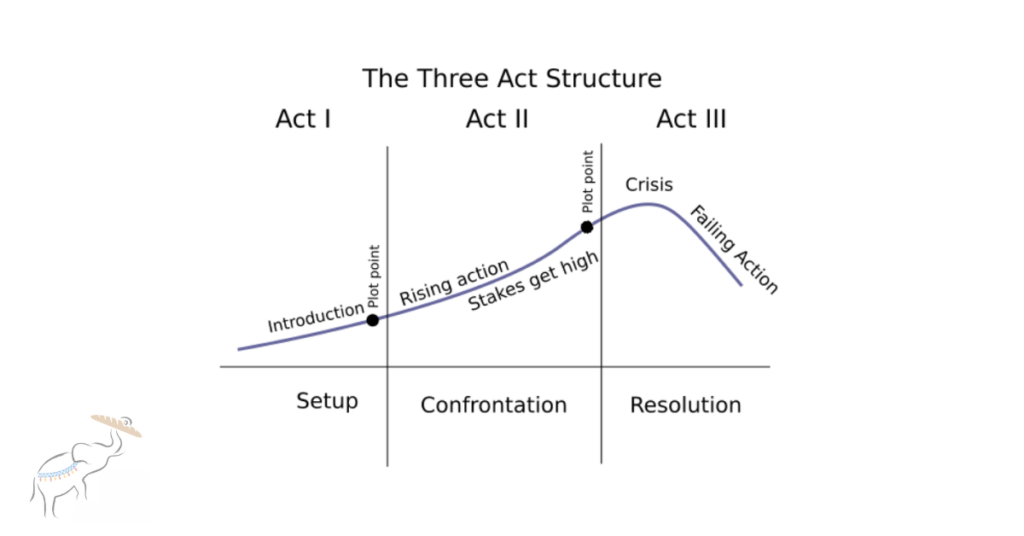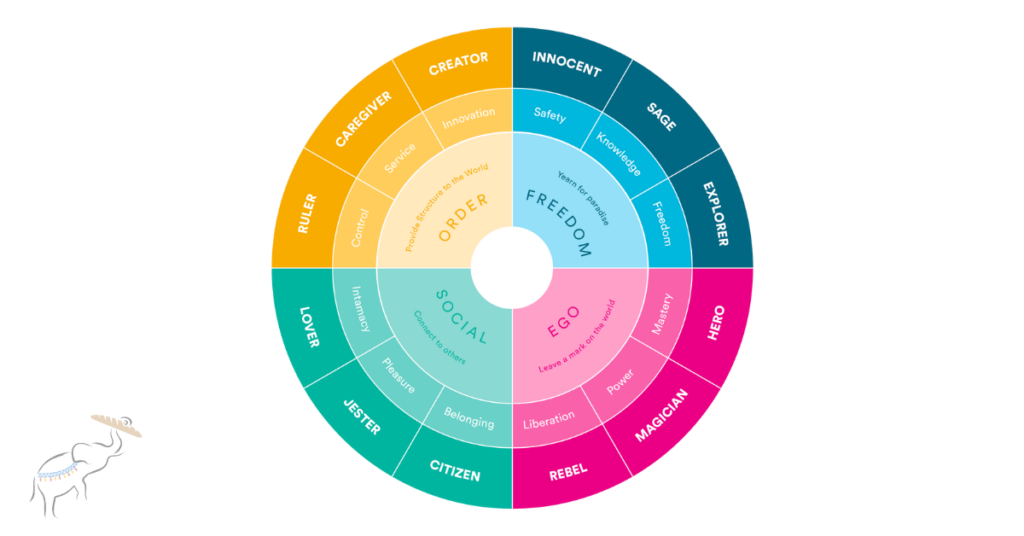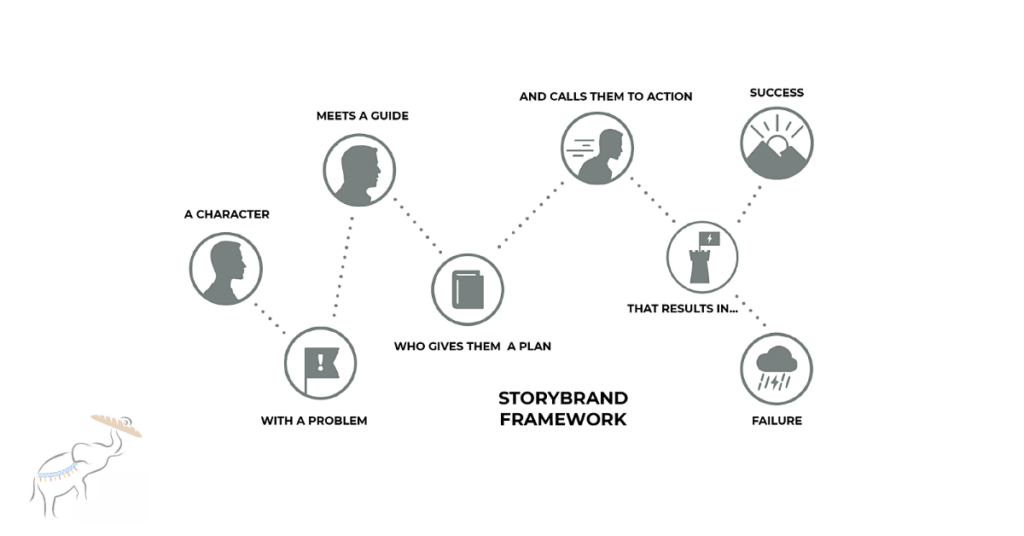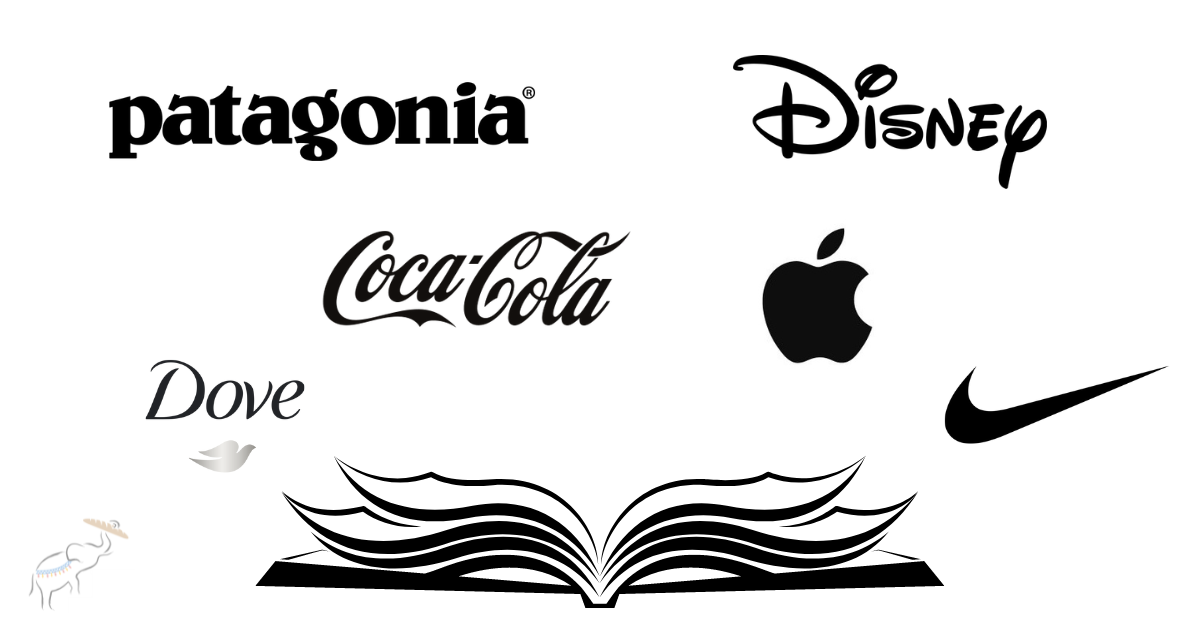Last Updated on June 12, 2023 by Bread and Circuses Team
Storytelling has been a fundamental part of human communication since the beginning of time. From the earliest cave paintings to modern-day movies and novels, stories have been used to convey ideas, entertain, and inspire.
Stories also happen to be one of the most effective forms of communication, and that may be because hearing stories actually evoke a physiological response: a study by Paul Zak, a neuroscientist and author, found that when people hear a story that resonates with them emotionally, their brains release oxytocin, a hormone that is associated with social bonding and trust. This, in turn, makes people more likely to remember the story and to feel positively about the person or brand that told it.
Storytelling works first and foremost because stories have the power to connect people. When we share our experiences, emotions, and beliefs through stories, we create a sense of community and shared understanding. Stories can transcend language, culture, and time, bringing people together in a way that few other things can. Whether it’s a family dinner conversation, a book club meeting, or a movie theater, stories have the ability to break down barriers and foster empathy and understanding between individuals and groups.
Moreover, storytelling is an effective way to convey complex ideas and information. When we tell stories, we use narrative structures that help us make sense of the world around us. We use characters, plot, and themes to create a coherent and memorable message. This is why stories are often used in education, marketing, and business communication. By presenting information in a way that is relatable and engaging, we can capture people’s attention and help them remember what we are trying to convey.
Storytelling is also important because it helps us make sense of our own experiences. When we tell stories about our own lives, we create a narrative that helps us understand who we are, where we came from, and where we are going. This sense of personal narrative is crucial for our sense of identity and well-being. It allows us to see our experiences as part of a larger story and gives us a sense of purpose and direction.
Furthermore, storytelling is a powerful tool for persuasion and influence. By crafting compelling stories, we can motivate people to take action, change their beliefs, or adopt new behaviors.
This is why stories are often used in advertising, political campaigns, and social movements. When we tell stories that resonate with people’s values and aspirations, we can inspire them to join us in a cause or support our mission.
Humans are wired to enjoy stories, and we seek them out in all forms of media. From the books we read to the movies we watch, stories are a source of entertainment and pleasure. They allow us to escape from our own lives and immerse ourselves in another world. Whether it’s a gripping thriller, a heartwarming romance, or a hilarious comedy, stories have the ability to make us laugh, cry, and feel a wide range of emotions.
Why is Brand Storytelling Important?
Brand storytelling is crucial for companies to connect with their audience on a deeper, emotional level. It allows brands to differentiate themselves from competitors and create lasting impressions. Effective storytelling builds trust and loyalty with customers and attracts new ones by showcasing a brand’s values and social responsibility. A compelling story helps a brand stay top-of-mind with customers in a crowded marketplace, making it essential for any company that wants to succeed.
Don’t just take it from us, there is plenty of data to support just how powerful storytelling is for business. According to Edelman, 81% of consumers say they need to be able to trust the brand in order to buy from them. According to Search Engine Watch, Storytelling can boost conversion rates by 30%.
Many of today’s most successful companies can attribute their success in a large part to effective brand storytelling. An example of a well-known company that has successfully used brand storytelling to differentiate itself from its competitors is Apple. Apple’s brand story is centred around the idea of challenging the status quo, pushing the boundaries of technology, and empowering individuals to think differently. This narrative has allowed Apple to create a loyal following of customers who not only love their products but also identify with their brand values.
Another example of effective brand storytelling is Nike with their “Just Do It” campaign. Nike’s brand story is all about inspiring individuals to push past their limits, overcome obstacles, and achieve greatness. The “Just Do It” campaign, which was launched in 1988, has become one of the most recognizable brand slogans in history, and has helped Nike build a loyal following of customers who believe in the brand’s message.
In addition to differentiating a brand from its competitors, brand storytelling can also be used to showcase a company’s values and social responsibility. Patagonia, for example, has built its brand around the idea of environmental sustainability and social responsibility. The company’s mission statement is “We’re in business to save our home planet,” and its brand story is centered around the idea of creating high-quality products while minimizing its environmental footprint.
Finally, brand storytelling can be used to stay top-of-mind with customers. Coca-Cola, for example, has been using brand storytelling to build an emotional connection with its customers for over a century. The company’s brand story is centred around the idea of happiness, and it has used various campaigns over the years, such as the “Share a Coke” campaign, to keep its brand top-of-mind with consumers.
In conclusion, brand storytelling is an essential tool for companies to connect with their audience, differentiate themselves from their competitors, and create a lasting impression in the minds of their customers. Effective brand storytelling can be achieved through a well-crafted narrative that reflects a company’s values, mission, and beliefs. Brands that have successfully used brand storytelling, such as Apple, Nike, Patagonia, and Coca-Cola, have not only created loyal followings of customers but also established themselves as leaders in their respective industries.
Popular Frameworks For Brand Storytelling
There are several popular frameworks for brand storytelling, each with its own unique approach and methodology. Here are a few examples:
The Hero’s Journey

This framework was developed by Joseph Campbell and popularized by Christopher Vogler in his book “The Writer’s Journey.” It is a classic storytelling structure that is often used in movies and literature. The Hero’s Journey involves a hero who embarks on a journey, faces challenges and obstacles, overcomes them, and returns home transformed. This framework is often used by brands to showcase their products or services as the hero that can help customers overcome their challenges and achieve their goals.
The Three-Act Structure

This framework is commonly used in screenwriting and involves dividing a story into three parts: the setup, the confrontation, and the resolution. The setup introduces the characters, setting, and conflict. The confrontation is where the conflict intensifies, and the characters face challenges and obstacles. The resolution is where the conflict is resolved, and the story comes to a conclusion. This framework is often used by brands to tell a compelling and engaging story that captures the audience’s attention and keeps them interested.
The Brand Archetype

This framework involves identifying the brand’s personality and aligning it with a specific archetype. Archetypes are universal symbols and patterns that are deeply rooted in the human psyche, such as the hero, the explorer, the sage, or the rebel. By identifying and aligning with a specific archetype, a brand can create a powerful and emotional connection with its audience. This framework is often used by brands to create a distinct and memorable brand identity that resonates with their target audience.
The StoryBrand Framework

This framework was developed by Donald Miller and is based on the principle that customers are the heroes of their own stories, and brands should position themselves as the guide that helps them achieve their goals. The StoryBrand Framework involves identifying the customer’s problem, offering a clear and simple solution, and positioning the brand as the guide that can help them achieve their desired outcome. This framework is often used by brands to create a clear and compelling message that resonates with their customers and helps them achieve their goals.
How to use Brand Storytelling in Your Content Marketing
Using brand storytelling in your marketing mix is a powerful tool to connect with your audience. However, it takes time and practice to get it right. Here are some key considerations to keep in mind when incorporating brand storytelling into your marketing strategy:
Be Real
Authenticity is key when it comes to brand storytelling. Rather than being overly promotional, aim to tell real, relatable stories that your audience can connect with. Focus on communicating how you can help them, rather than making false promises or offering unattainable solutions. By being human in your marketing interactions, you can build stronger relationships with your customers.
Make your Customers Part of the Story
Your customers are a valuable source of authentic storytelling. By incorporating quotes, case studies, and review sites into your marketing strategy, you can showcase real experiences and feedback from your customers. This can help new customers feel more confident when making a purchasing decision and can also help you build stronger relationships with your existing customers.
Be Consistent
Consistency is key when it comes to brand storytelling. Ensure that your brand guidelines are followed by everyone in your organization who tells your story. You should also use tools like a digital asset management solution to support your brand guidelines and organize the brand assets used in your marketing efforts. This helps ensure that the content being used is on-brand, approved, and easily accessible. Consistently delivering a cohesive story to your audience can help build trust and increase brand loyalty.
By incorporating brand storytelling into your content marketing strategy, you can effectively connect with your audience and build stronger relationships with your customers.
Remember to be authentic, incorporate your customers, and deliver your story consistently to maximize the impact of your brand storytelling efforts.

